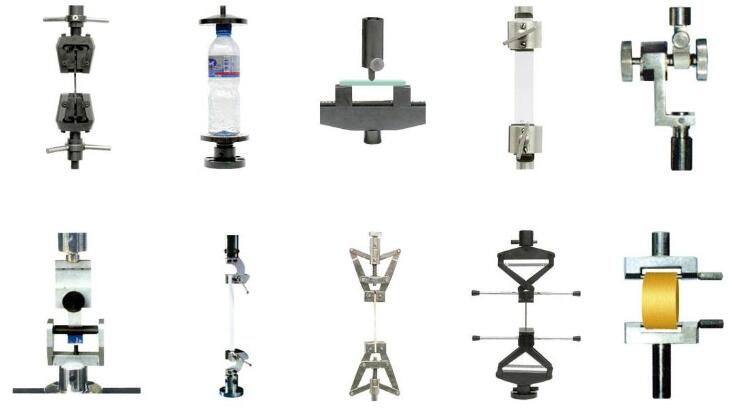- Qinsun Instruments Co., Ltd.
- Tell:+86-21-6780 0179
- Phone:+86-17740808215
- Address:No. 2578 Minhang District Gu Dai Road, Shanghai
- Contact:Mr. Li
- QQ:846490659
Selection of flow cytometers

Flow cytometer manufacturers offer various models of flow cytometers to meet the diverse needs of users. There are at least six global manufacturers of flow cytometry, each with its own unique series of products. How to select a suitable model from numerous models, we also need to start from analyzing applications and evaluating our own needs to decide what kind of flow cytometer is cost-effective and suitable for us.
1. DNA ploidy analysis
DNA analysis was initially used by flow cytometry and is now widely used as a detection project. Due to the fact that the DNA content of malignant cells is usually different from that of normal cells, there are many studies evaluating the relationship between heteroploid cells and tumor malignancy and prognosis. DNA content testing can also provide information about the cell cycle, which is widely used in cell biology. Specifically, it can represent the process of action of cytotoxic drugs on cells. These DNA tests can also be performed simultaneously with cell surface marker markers, so that in mixed cell cultures, cells expressing specific markers can usually be tracked to display their growth cycle. All methods are based on the ability of dyes to react specifically with nucleic acids and emit fluorescence, with commonly used dyes being PI and DAPI.
Flow cytometer requirements: 488nm light source and 575nm filter.
2. Cell Survival Ability Experiment
Using Heochest 33342 dye to specifically bind to DNA, the degree of dye binding varies depending on the cell viability, thus evaluating the cell viability.
Flow cytometer requirements: 360nm light source, 455nm filter
3. Counting peripheral blood to detect reticulocytes
The use of TO dyes can specifically bind to RNA with a binding coefficient of up to 3000, making it highly cost-effective.
Flow cytometer requirements: 488nm light source, 525nm filter, liquid volume counting system
4. CD34 positive stem cell count in peripheral blood and bone marrow samples, clinically used for the mathematical determination of stem cells before bone marrow transplantation
Using the standard ISHAG protocol, DNA or other nuclear dyes are required to occupy the FITC channel, with PE labeled CD34 antibody and PE-CY5 labeled CD45 antibody.
Flow cytometer requirements: 488nm light source, 525nm, 575nm, 675nm filter, liquid volume counting system





